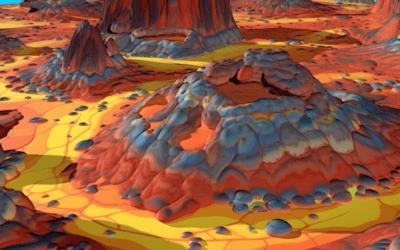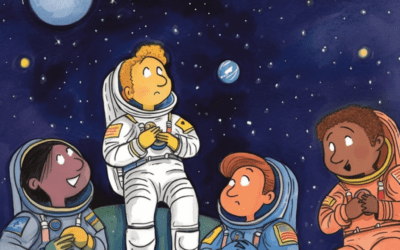Why Does the Earth Spin and Orbit?
The Earth spins and orbits because of two important factors:
Gravity Keeps the Earth in Orbit
The Earth follows an orbit around the sun due to gravity. Gravity is the force of attraction between objects with mass. The sun’s enormous mass creates a gravitational pull that keeps the Earth in its orbit. This means that the Earth is constantly moving around the sun in a curved path. Just like a roller coaster needs to move along its tracks to stay on course, the Earth needs to keep moving to remain in its orbit around the sun.
Earth’s Rotation Causes Spin
The Earth spins, or rotates, on its axis. The axis is an imaginary line that runs through the planet, connecting the North and South Poles. The Earth completes one full rotation on its axis every 24 hours, resulting in day and night. This rotation gives us our daily cycle of sunlight and darkness.
The Role of Inertia
Inertia is the tendency of an object to stay at rest or keep moving in a straight line unless acted upon by an external force. The Earth’s rotation is a result of its initial spin, which was likely caused by external forces during its formation billions of years ago. Once set in motion, the Earth’s inertia keeps it spinning.
Gravity and Spin Working Together
The combination of the Earth’s rotation and its orbit around the sun work together to create the cycle of day and night. As the Earth spins, different parts of the planet are exposed to the sunlight, creating daylight. The areas not facing the sun experience darkness, creating nighttime.
More about Earth’s Orbit
The Earth’s orbit is not a perfect circle; it is an ellipse, or an elongated circle. This means that the distance between the Earth and the sun varies slightly throughout the year. As the Earth moves closer to the sun, we experience summer in the Northern Hemisphere. When the Earth moves farther away, we experience winter. The tilt of the Earth’s axis also contributes to the changing seasons.
Why the Earth Doesn’t Fall into the Sun
The gravity of the sun pulls the Earth towards it, but the Earth’s forward motion due to its orbit prevents it from falling into the sun. This is because the Earth’s speed carries it forward, kind of like how a ball thrown horizontally will travel a certain distance before hitting the ground. If the Earth were to stop moving forward, it would be pulled into the sun.
Conclusion
In summary, the Earth spins because of its initial spin and inertia, while the Earth orbits the sun due to the force of gravity. These two factors work together to give us our cycle of day and night and the changing of seasons. Understanding these principles helps us make sense of our place in the vast universe around us.












